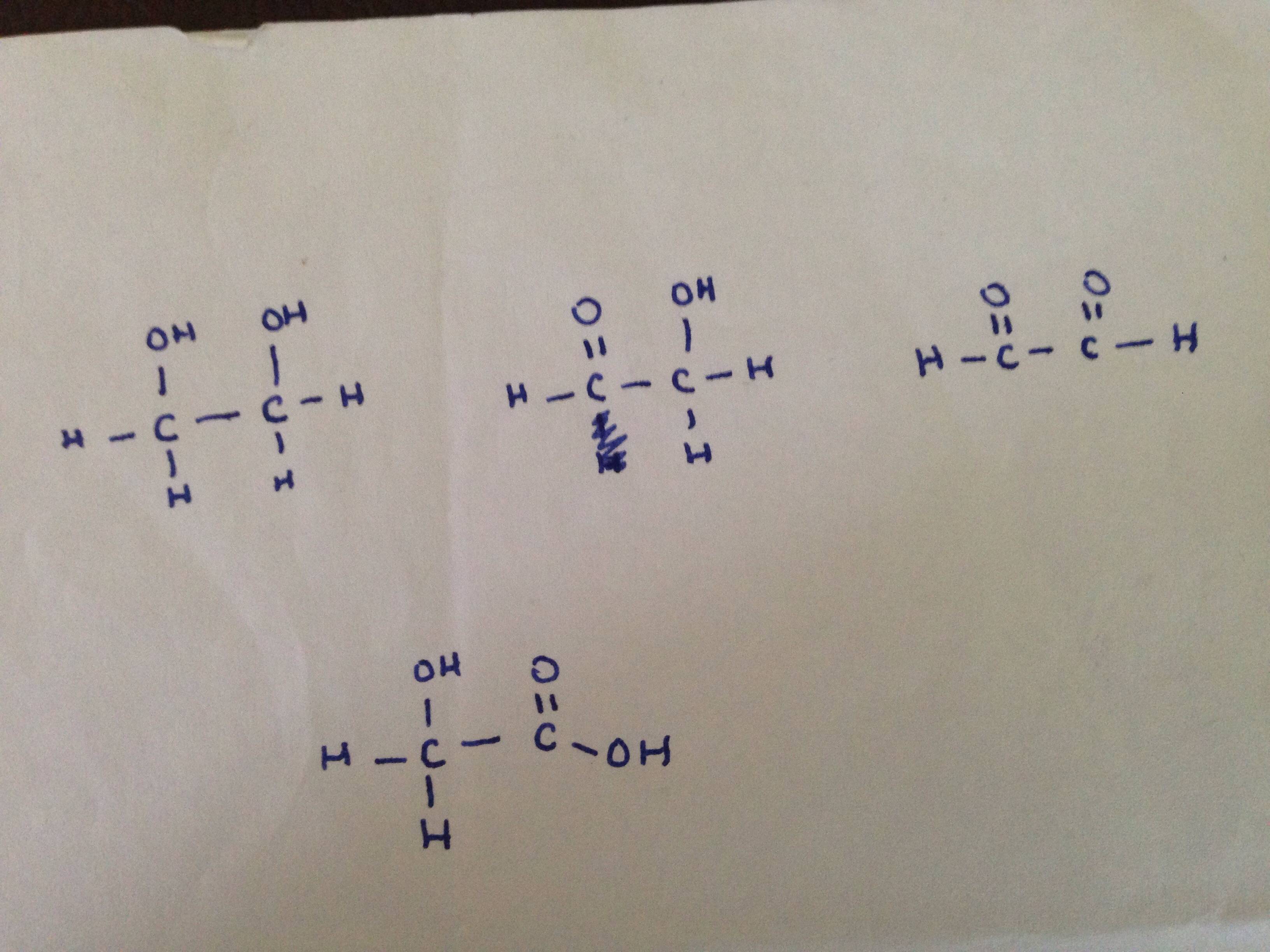I recently came across a question in which we have to find out the number of moles of $\ce{HIO4}$(Periodic acid) which are required for cleavage of $\ce{C-C}$ bonds in sucrose.
I went to https://en.m.wikibooks.org/wiki/Structural_Biochemistry/Carbohydrates/Carbohydrate_Structure_Elucidation_through_Periodic_Acid_Cleavage . But this article is rather incomplete and doesnot answer the question. In general what are the things to be kept in mind in order to find out the number of moles of periodic acid required for the structural determination of carbohydrates. Any ideas? Thanks.




